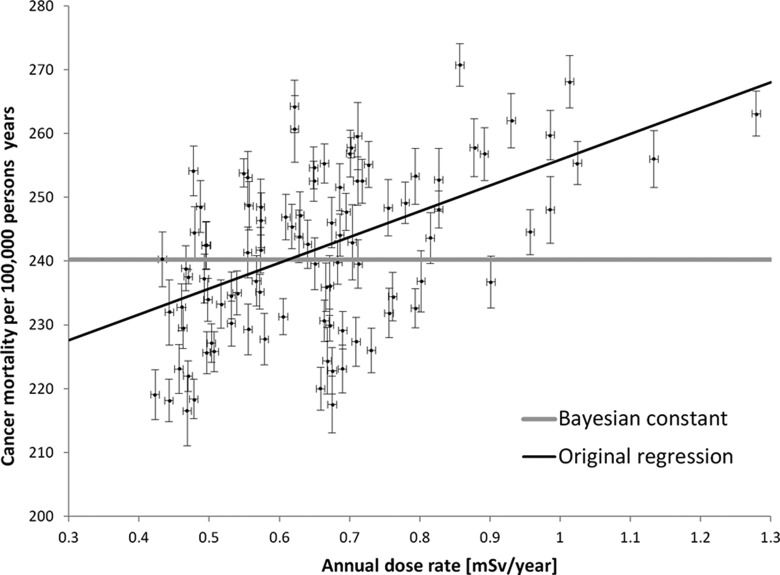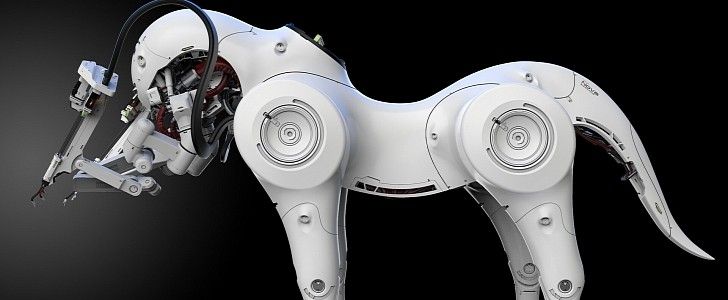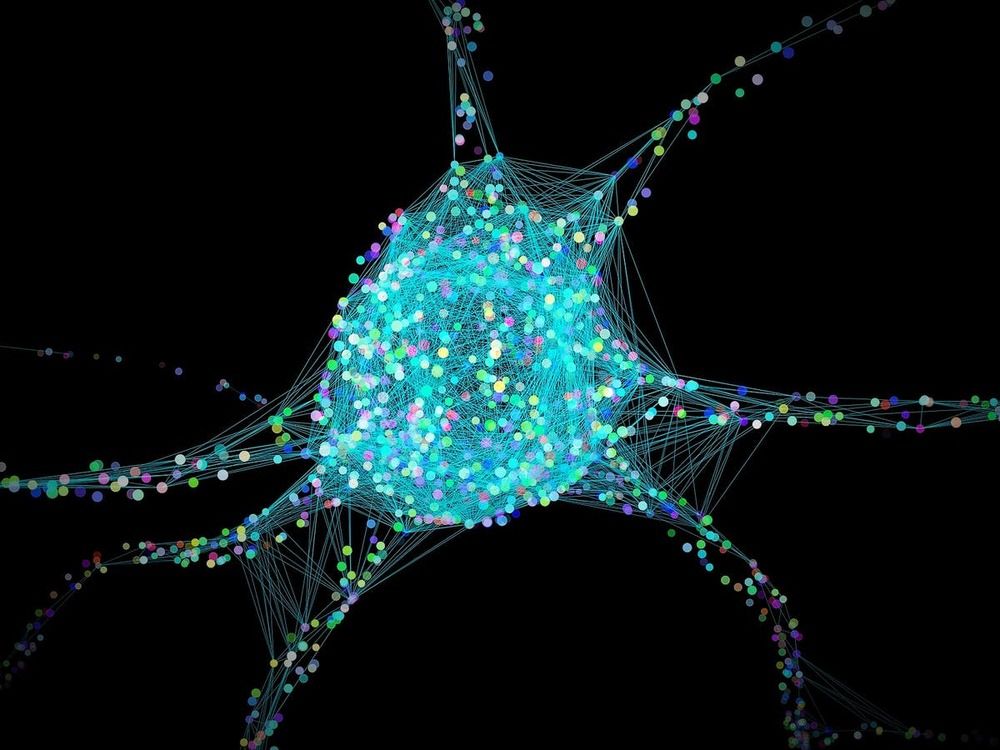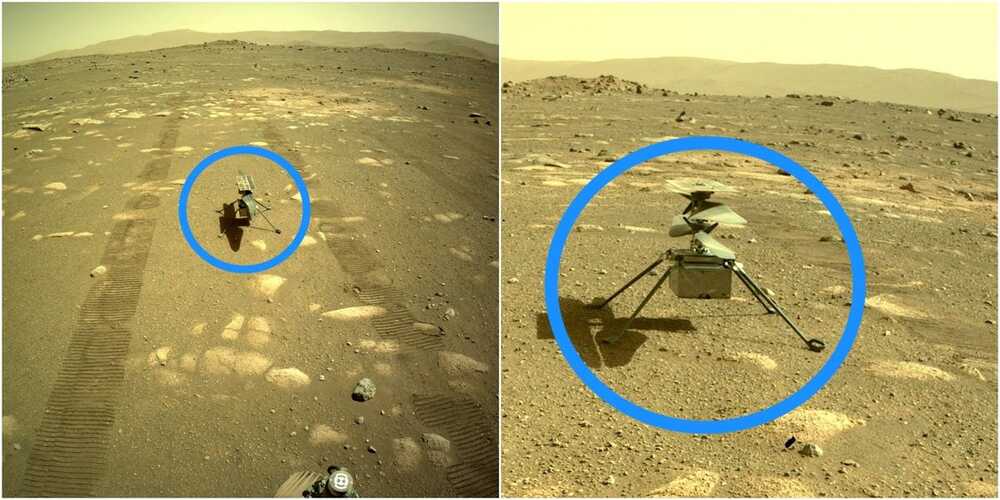Apr 5, 2021
Cancer Mortality Among People Living in Areas With Various Levels of Natural Background Radiation
Posted by Saúl Morales Rodriguéz in categories: biotech/medical, health
There are many places on the earth, where natural background radiation exposures are elevated significantly above about 2.5 mSv/year. The studies of health effects on populations living in such places are crucially important for understanding the impact of low doses of ionizing radiation. This article critically reviews some recent representative literature that addresses the likelihood of radiation-induced cancer and early childhood death in regions with high natural background radiation. The comparative and Bayesian analysis of the published data shows that the linear no-threshold hypothesis does not likely explain the results of these recent studies, whereas they favor the model of threshold or hormesis. Neither cancers nor early childhood deaths positively correlate with dose rates in regions with elevated natural background radiation.
Keywords: natural radiation, background radiation, HBRA, HNBR, low radiation, cancer, hormesis.


















